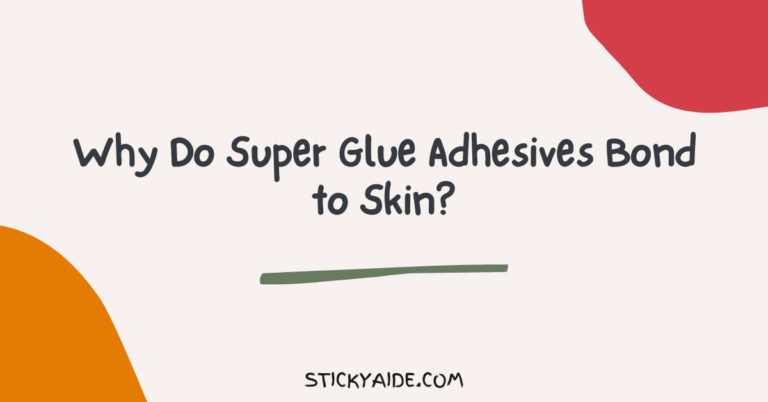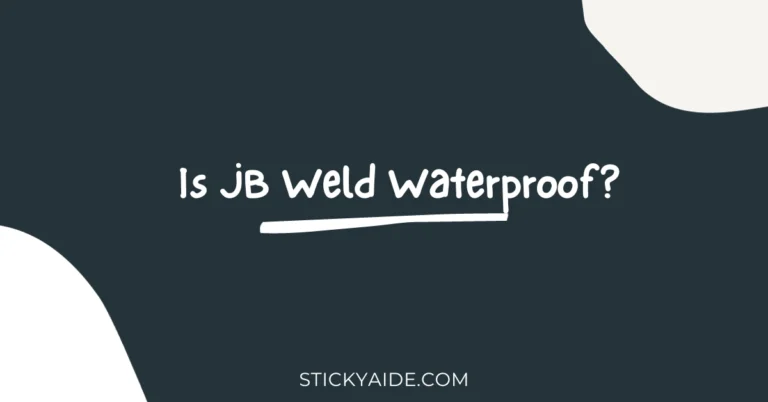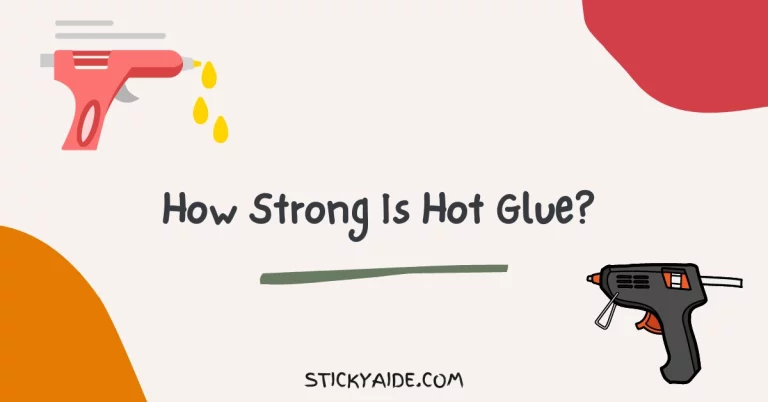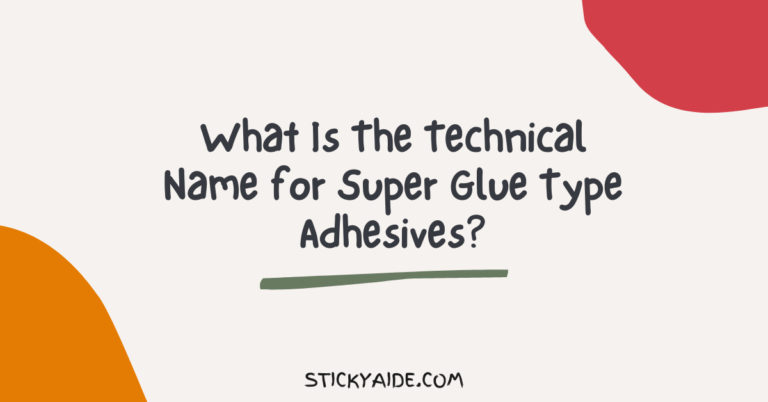While searching for effective adhesives, you definitely have come across names like contact cement or contact adhesives.
And if you have known about this strong bond adhesive, have you ever wondered how does contact cement works?
Even though people rarely think about how adhesives work, there is no harm in understanding the process.
I have discussed everything about contact cement and how it works for your better learning.
Go through the article below to find out more.
Read More: Contact Cement vs. Rubber Cement
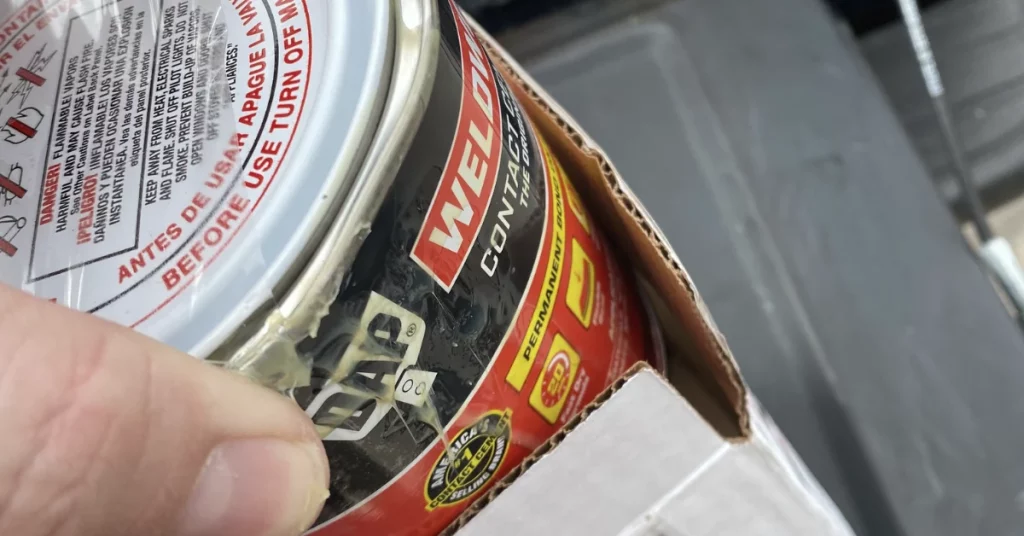
How Does Contact Cement Work?
If you are wondering how contact cement, an amazing adhesive, works, it works by sticking to itself.
However, such a “one-liner” isn’t enough to explain its working process. To make it clear for you, I have explained its working process in detail for your better understanding.
Application Stage
The application stage is the most important stage. That is because if the contact cement isn’t applied properly, you might not achieve the adhesion you have been looking for.
Unlike other adhesives that need to be applied on only one surface, you need to apply the contact cement on both the surfaces you want to join together. Make sure to spread it evenly for a stronger bond.
Evaporation Stage
Even though other adhesives also require an evaporation stage, it is extremely crucial for contact cement.
During the evaporation time, the solvent present in this adhesive starts to evaporate to create a strong bond between the surfaces.
The evaporation stage is actually a short cure time for the contact cement.
Formation And Bonding Stage
When the solvent in the contact cement evaporates, it changes form from iquid to a dry, tacky film. This tackiness holds the two surfaces together to make sure the bond is super strong and won’t come off anytime soon.
What Is Contact Cement?
Contact cement, also known as contact adhesive, is a type of rubber-based adhesive to create a fast, flexible, yet permanent bonding.
Made with polychloroprene (neoprene) or natural rubber, this solvent-based rubber adhesive is super strong and versatile and can be used for bonding various materials rather than being the best for one.
It creates an immediate bonding between surfaces to reduce work time. Unlike other adhesives, you don’t have to wait for long to dry or cure it properly.
Be it woodworking, construction, automotive, crafting, or any other industry, contact cement adhesive works its magic like none other.
Another interesting benefit of contact cement adhesive is that it is heat-resistant. It won’t loosen the bond or come off even if exposed to high heat.
Read More: Shoe Goo vs. Contact Cement
What Are The Uses of Contact Cement?
Contact cement is used in a variety of materials and industries because of its strong, durable adhesion capabilities.
I have listed a few uses of contact cement for your convenience.
Crafting and DIY: Contact cement is an excellent choice for crafting and DIY projects. It can bond paper, fabrics, foam, and other crafting materials to create amazing projects.
Shoe and Leather Repair: Not just crafting and DIYs, you can also use contact cement to repair shoes and other leather goods to improve their durability. Because this adhesive provides a durable bond, it will hold the leather and parts of shoes and sandals perfectly.
Woodwork: Even though it might seem not too efficient, contact cement can bond wood strongly. It doesn’t matter if you use it on veneers, laminates, or any other wooden surfaces; this adhesive will provide a clean and durable bond.
DIY Repairs: Because this adhesive offers a strong bond and is super versatile, you can also use it for several DIY repairs around your home and workplace.
Last Opinion
The work process of contact cement is very simple yet effective. And now that you know how does contact cement work and its uses, I hope that you will use it wisely.
However, remember that as this adhesive drives down quickly and forms a strong bond, you need to be super careful while using it. Otherwise, it might come in contact with your skin and cause some serious hassle.



